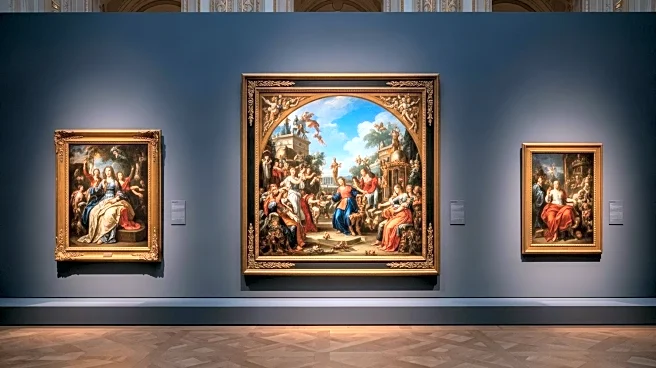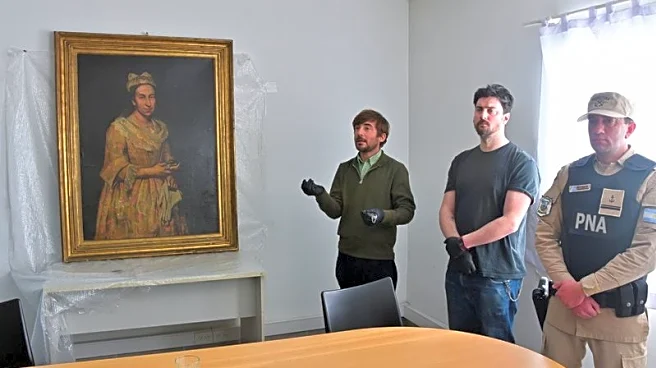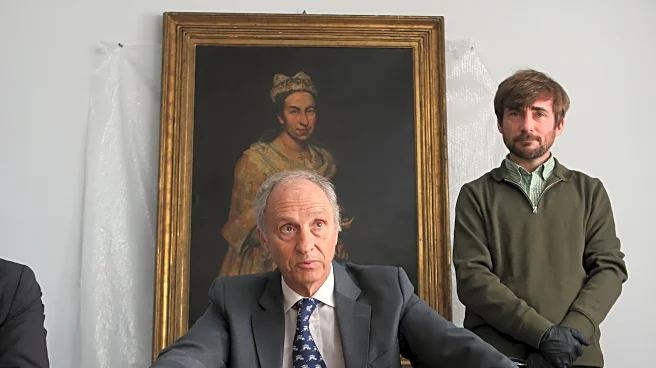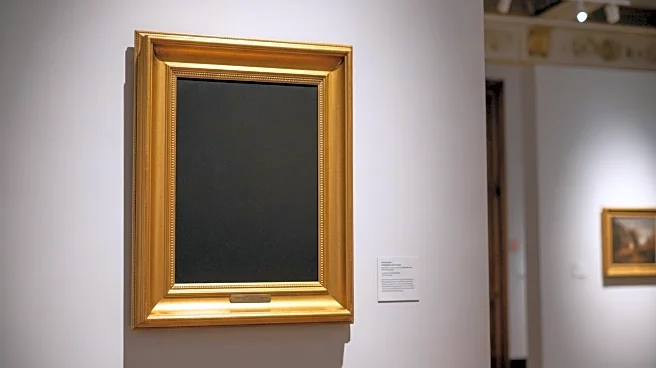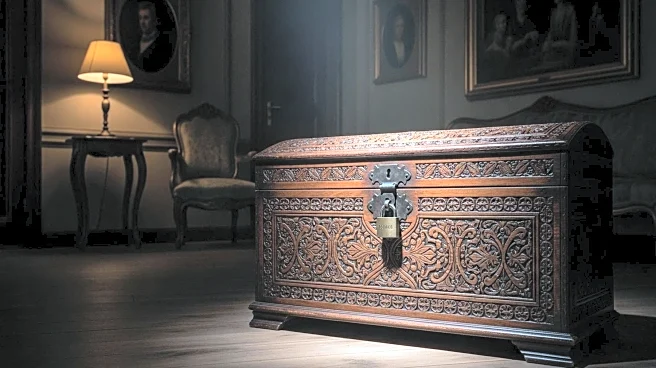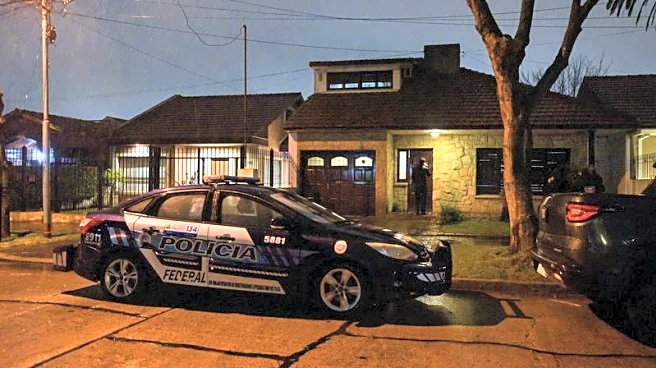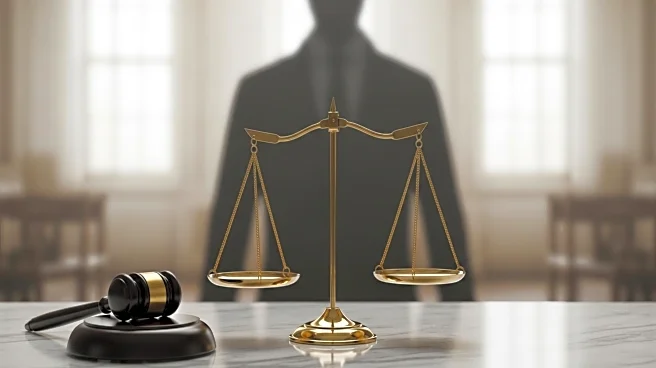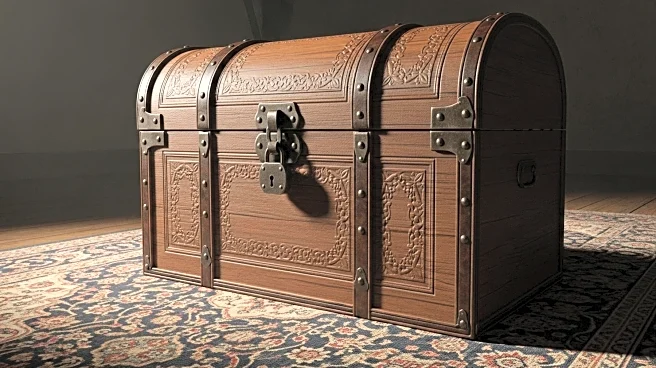What's Happening?
Argentine authorities have successfully recovered an 18th-century painting, 'Portrait of a Lady' by Italian baroque painter Giuseppe Ghislandi, which was looted by Nazis during World War II. The painting was part of a collection stolen from Dutch Jewish art dealer Jacques Goudstikker after the Nazi invasion of the Netherlands in 1940. The artwork was discovered in a property advertisement, hanging in the home of Patricia Kadgien, daughter of SS financial officer Friedrich Kadgien, who fled to Argentina post-war. The painting's discovery and subsequent disappearance generated significant attention. After a series of police searches, Kadgien and her husband were placed under house arrest. They admitted ownership of the painting, claiming any legal action would be barred by the statute of limitations. However, if the case is framed within the context of the Holocaust, it may not be subject to such limitations.
Why It's Important?
The recovery of the painting highlights ongoing efforts to reclaim art looted during World War II, a significant issue for Holocaust survivors and their descendants. The case underscores the challenges in tracing and recovering stolen cultural property, often hidden for decades. The involvement of international media and legal systems in such recoveries reflects the global interest in rectifying historical injustices. This event may encourage further investigations into other missing artworks, potentially leading to more recoveries. It also raises questions about the legal frameworks governing art restitution and the ethical responsibilities of current possessors of looted art.
What's Next?
The legal proceedings against Patricia Kadgien and her husband could set a precedent for similar cases involving looted art. If the court decides to frame the case within the context of the Holocaust, it could bypass the statute of limitations, potentially leading to more recoveries of Nazi-looted art. The outcome may influence international policies on art restitution and encourage other countries to pursue similar cases. Additionally, the art community and legal experts will likely monitor the case closely, as it may impact future restitution efforts and the handling of art with contested provenance.
Beyond the Headlines
This case highlights the ethical dilemmas faced by individuals and institutions in possession of looted art. It raises questions about the responsibilities of current owners to investigate the provenance of artworks and the moral implications of retaining such pieces. The case also reflects broader cultural and historical narratives about the impact of World War II on art and heritage, emphasizing the importance of preserving cultural history and rectifying past wrongs.
